How to recognize murano glass?
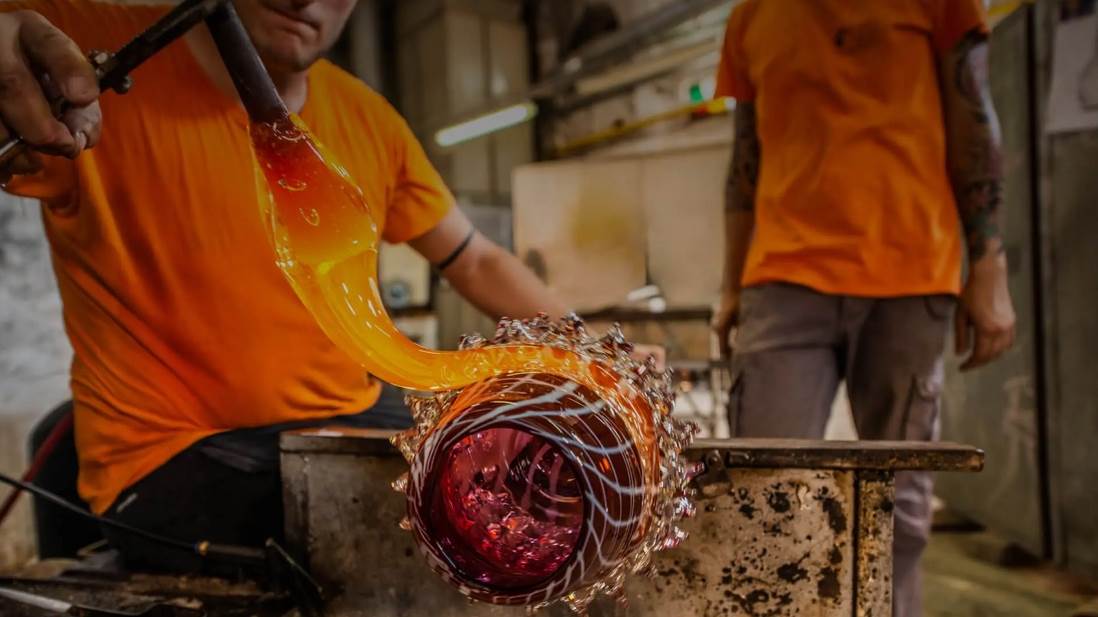
Did you know how to recognize murano glass? How to understand when we are dealing with authentic murano glass? Are there systems in place to protect against buying non-original products?
It does not matter whether it is a small object, such as a vase, or a large chandelier. In all cases, Murano glass products represent true works of art with special qualities. Unfortunately, due to unfair competition, many buyers think they are bringing home a valuable item, when in fact it is common glass manufactured industrially, and at low cost in China.
An aspect that stands out Glass vases, decorations, bottles, jewels and other items made of Murano glass, is certainly the price. After all, such a valuable and exclusive material cannot be cheap. However, there are ways to identify original Murano glass. But let’s start with the history….
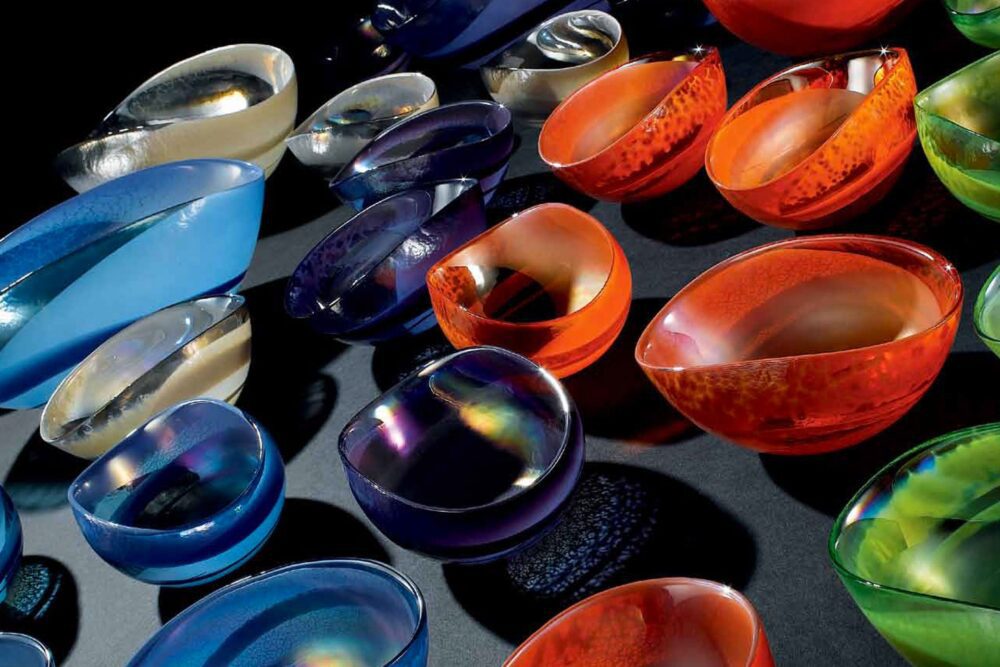
History of Murano glass
It is likely that glass production in the Venetian lagoon dates back to Roman and Byzantine times. It was in Venice itself that the first manufactories were located. But in 1291, the Doge of the Venetian Republic had the foundries moved to the nearby island of Murano to avoid the development of possible fires. At that time, all buildings in the city were built mainly of wood. And so The laboratories of master glassblowers were concentrated along the famous Rio dei Vetrai.

To understand the importance of glass production in Venice, just think that master glassmakers also enjoyed a certain prestige in society. They were included in the golden book of Venetian patrician families. Their daughters could marry, without any problem, descendants of families of noble origin. This also thanks to Murano glass masters, we owe the creation of crystal in 1450. The refined and precious quality of glass, which, being synonymous with elegance, has become highly sought after at the courts.
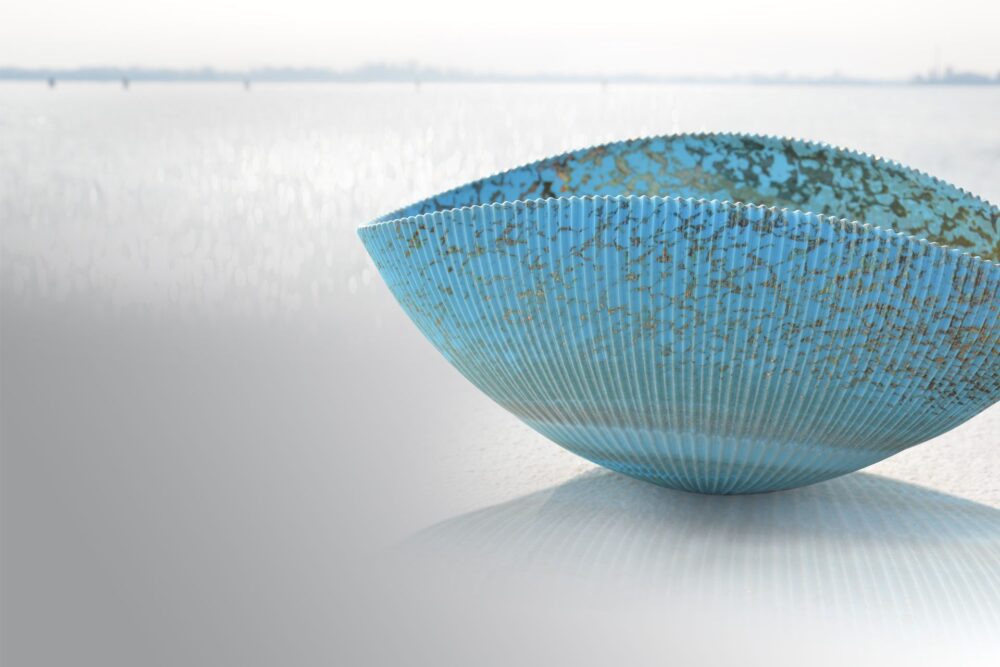
Sophisticated Murano wares were world-famous, and in the 16th century, during the decline of Serenissima, they were eagerly ordered by the courts of the nobility of the Baroque era. Especially prized was lattimi. The milky-white glass, which, because of its color, perfectly harmonized with the then furniture.
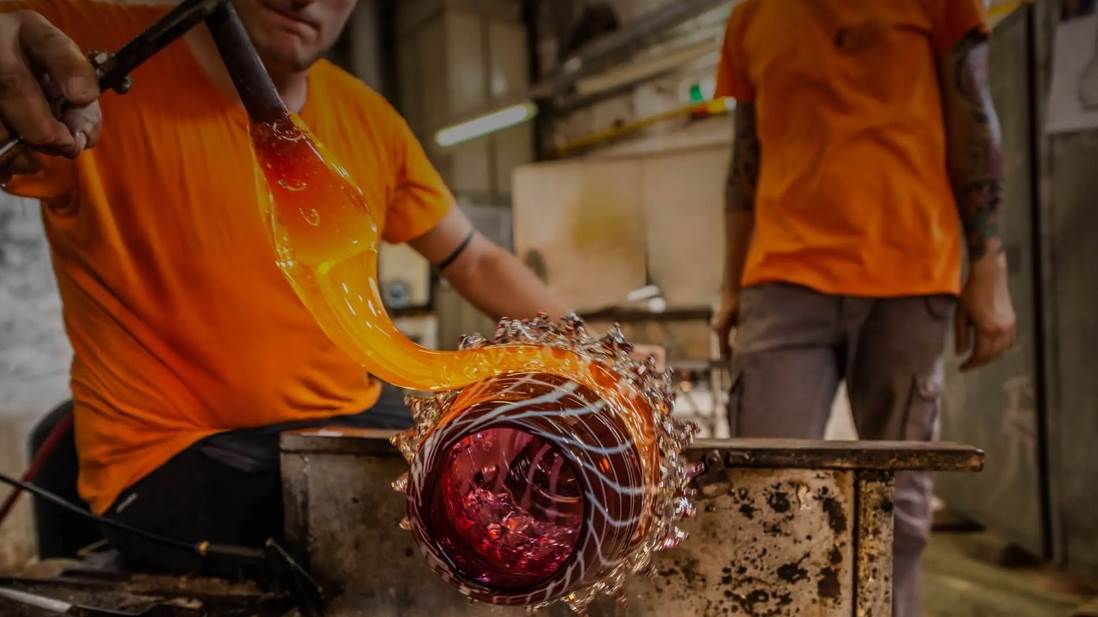
How to recognize murano glass – key facts
To avoid various scams, there are certain precautions and assessments. Therefore, to identify Murano glass, you need to pay attention to the price and beware of cheap trinkets in stalls. Secondly, each product made of this glass is unique, second to none, as it is rigorously handmade. Each original item is marked with fire. If it turns out to be too small for such significance, it comes with a non-native certificate of origin, with the name and address of the artisanal production workshop. Murano glass may have bubbles inside.
Each Murano glass product is handmade, so not mass-produced or industrially made. Therefore, it will be very important to pay attention to every smallest detail and compare the product with other similar ones to notice small differences. It should be noted that some manufacturing techniques require the use of molds, but the final result is always a handmade finish, which, however, differs from other similar ones, especially in color.
Specificity of Murano glass depends on decoration
The specificity of Murano glass also depends largely on the decoration: flake gold, silver, platinum, alexandrite, aventurine, etc. These are materials that have a high cost and therefore must be applied using special techniques. When an item is offered at a very low price, it is certain that it was not produced by master glassmakers from Murano. In most cases, it is actually fake jewelry, souvenirs and items with fake decorations that try to imitate the originals.
The original murano
Experts will also be able to identify in the original objects the central point from which the murano glass was blown. When the surfaces are uniform and perfectly smooth, it means that the production is industrial in nature.
The original is made entirely of glass and has no metal, silver, wood or other material inserts. Also beware of hand-painted items. In murano glass products, the color is obtained from colored glass fused inside. The authentic product features the classic “Vetro Artistico® Murano” logo. The manufacturer’s code is also indicated. The latter, established by Law 70/94 by the Veneto Region, is the official guarantee of the item’s originality. It certifies its production on the island of Murano. It protects the consumer and respects and values a thousand-year-old tradition.
Sometimes, however, it happens that, for strictly aesthetic reasons, the artisan intentionally omits signing the work. This happens especially in the case of glasses, decanters, mirrors or chandeliers. In such cases, it is possible that the article is still accompanied by a manufacturer’s certificate. A good rule of thumb in all cases is to ask about the master: this will allow you to compare the article with others made by the same artisan to verify technique and style. Glossaries and catalogs on Murano glass also provide a reliable reference for recognizing the characteristics of different artists.

The main techniques of Murano glass production
Creating artistic items from murano glass, which has now become a registered trademark, is very complex and can use various production techniques, such as:
- aventurine – involving the winding of copper wires into a glassy mass;
- filigree – a hot decorative technique using rods containing smooth milky glass or colored glass threads;
- lattimo – opaque glass treated with tin and lead lime, created in the 1500s to mimic the whiteness of oriental porcelain;
- Crystal – the most valuable, transparent and discolored performance, characterized by the purity of the materials used.
Murano glass blowing
The most common technique for realizing objects made of murano glass is blowing. The glass, formed from silica powder, is brought to a temperature of 1,600 degrees. In this liquid form, before it turns solid, it is extremely malleable and the craftsman shapes it by blowing into a glass tibia at the end of which is a mass of glass. From the initial sphere obtained from the heated and modeled glass rod, the artisan manages to forge his own masterpieces using a variety of tools, be it scissors, pliers or a simple work surface. Murano glass is a work of art, whether it is as small as a ring or as large as a vase or chandelier.

Italy’s most famous manufactures
A quantitative and qualitative survey conducted in 2020 shows that There are about 150 companies on Murano engaged in primary and secondary processing of art glass Murano, employing nearly 800 people. The island’s rich glass production ranges from objects to sculptures. From lighting articles to engraved, decorated and beveled glass. From mirrors to lamp glass and pearls.
Of interest is the Museum of Glass, which is located in the Palazzo Giustiniani in Venice. It displays examples of glass objects from ancient Egypt to the present day. We learn that Murano glass was produced in large quantities in the 1950s and 1960s for export.
Some of Murano’s historic glass factories are well-known brands, including. Venini, Salviati, Barovier & Toso, Pauly & C., Ferro Murano, Seguso and many others. Among them, the oldest glass factory still in operation today is the Antica Vetreria Fratelli Toso, founded in 1854.


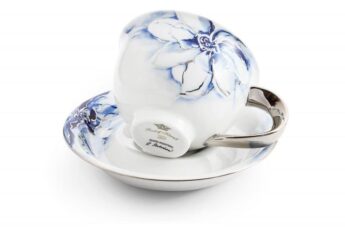



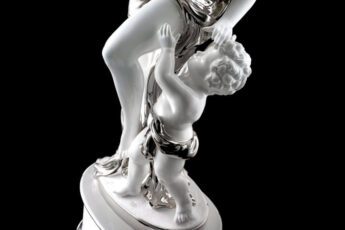

Leave a Comment